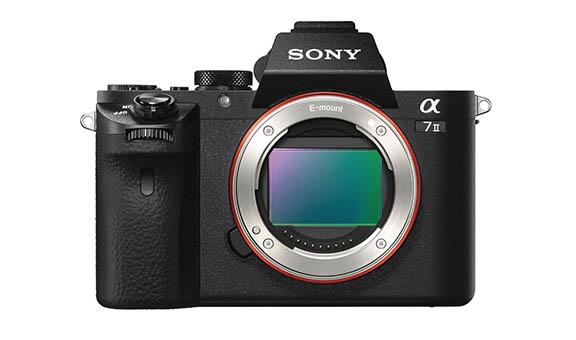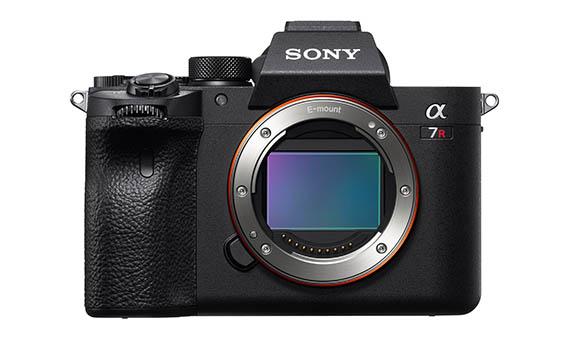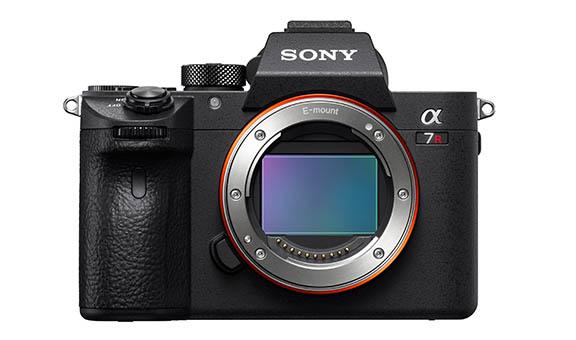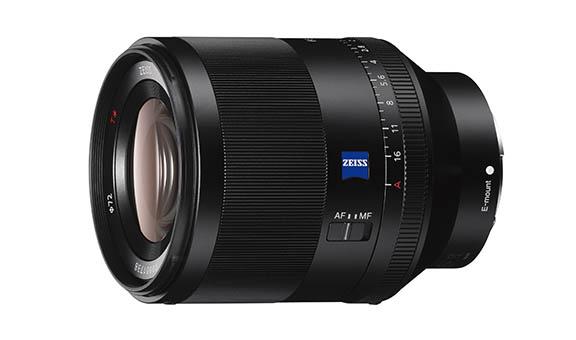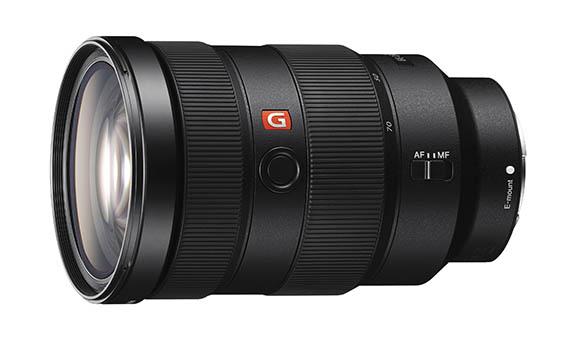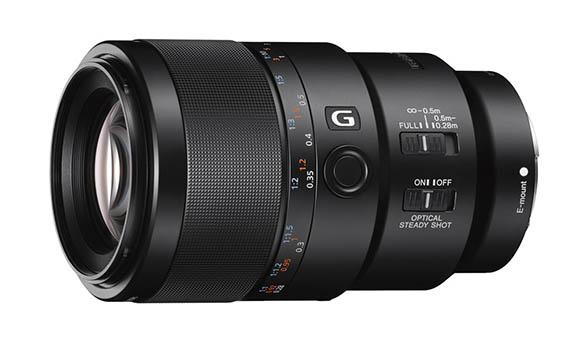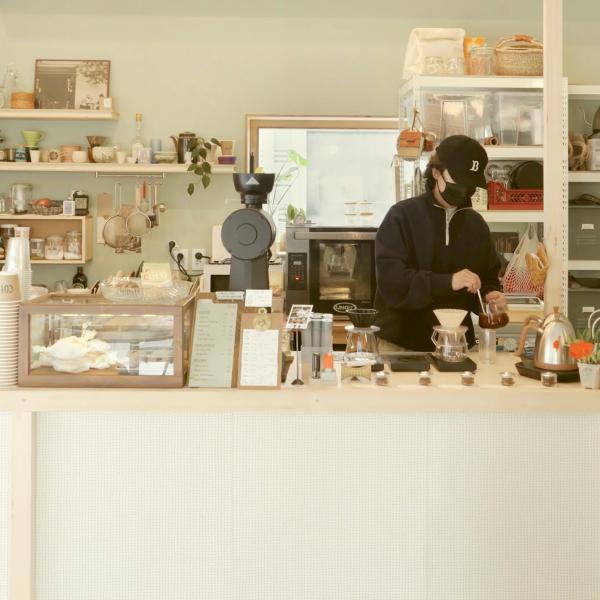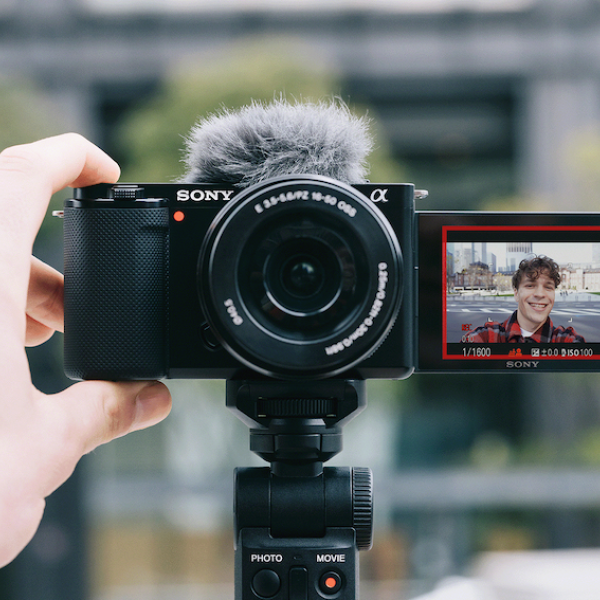Gabby Cantero’s Passion for Motion in Food Photography

Article Categories

Who would have thought “feast your eyes” has become beyond just a saying, but an obligatory custom happening all over the world? The colours, textures and shapes of a culinary masterpiece can easily prompt anyone to snap a quick photo before tucking in. In other words, food is truly eaten with our eyes first.
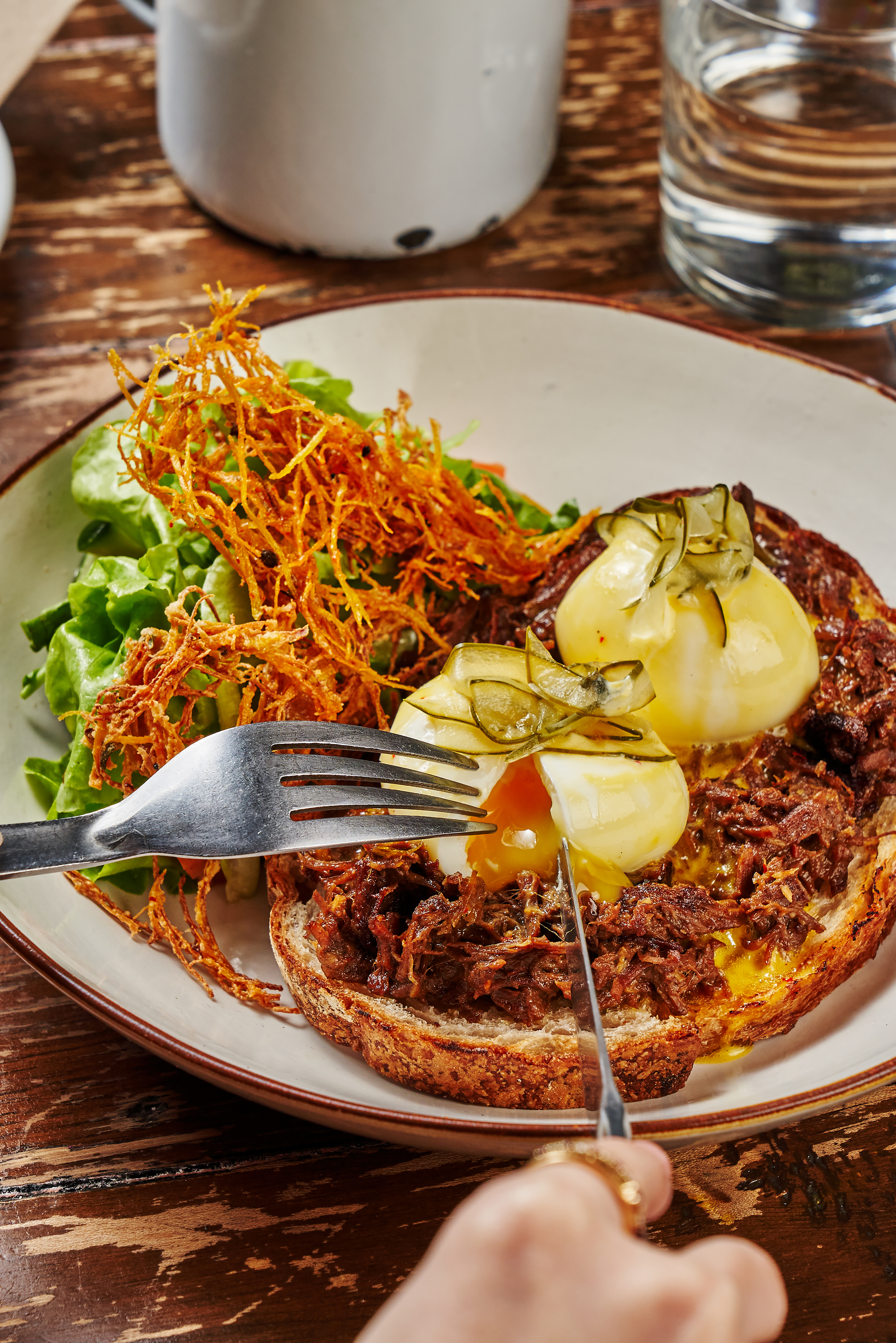
Aside from frivolous Instagram posts of your daily eats, food photography has since evolved into a serious craft - one that evokes cravings, convinces a diner to order a restaurant’s special or even propels the sale of cookbooks and more.
But is food photography more than just food on a plate placed in front of you?
“My job is to tell stories through food,” professional photographer Gabby Cantero explains. “I want to make you feel like you’re there with us at that moment.”
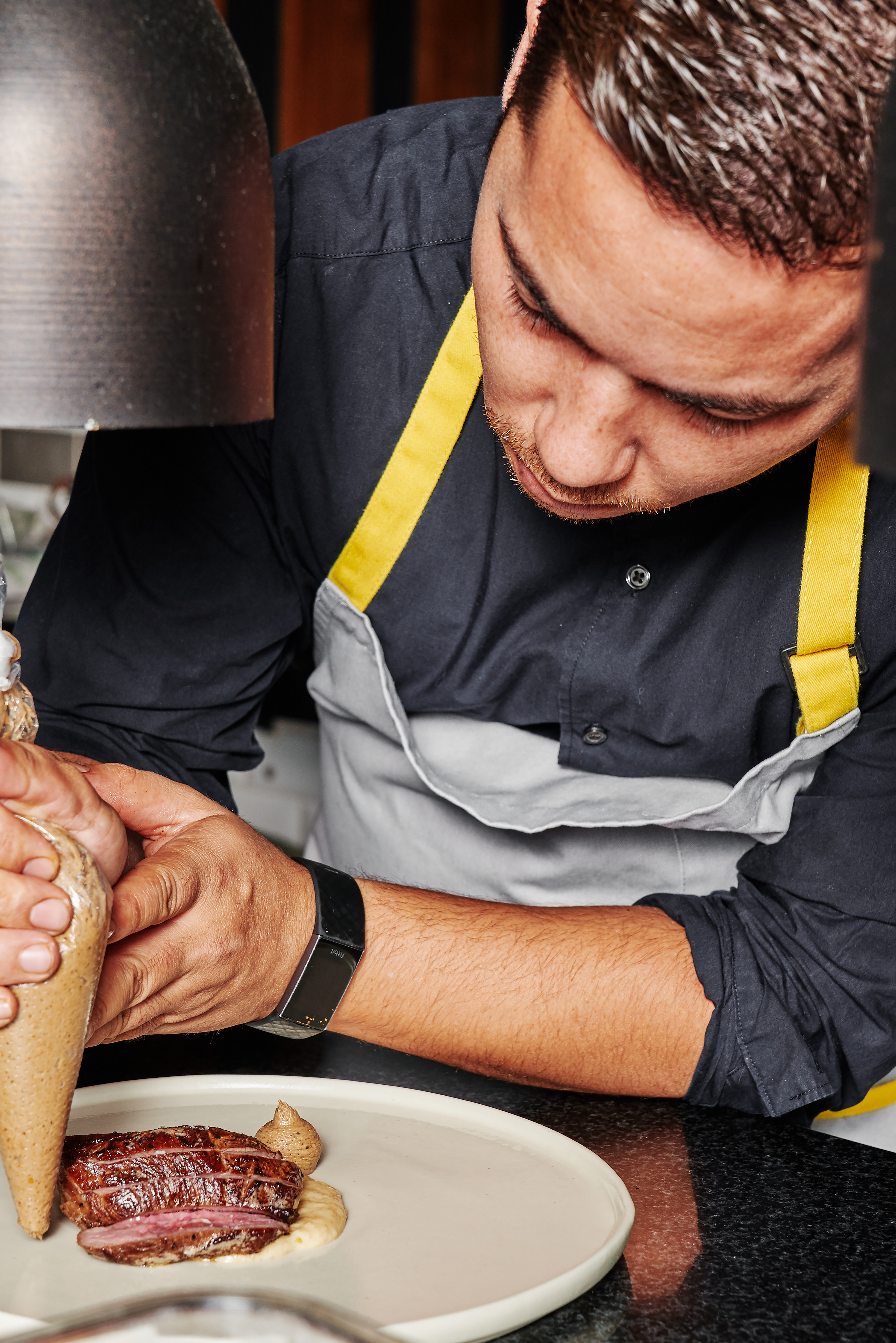
Having started her own business called Studio Cantero, the Sony Digital Imaging Ambassador for the Philippines is a multi-faceted visual creative who provides a range of photography and video services, alongside creative consultancy and project management. These services liken to creative solutions that guide clueless clients and amplify the studio’s forte in brand storytelling.
Expansive as her expertise is, Gabby professes that food photography still shines as her speciality. This stems from her penchant for gastronomy that led to a year of studying the culinary arts. Now boasting both technical and artistic skill sets, the plucky photographer is indeed a force to be reckoned with.
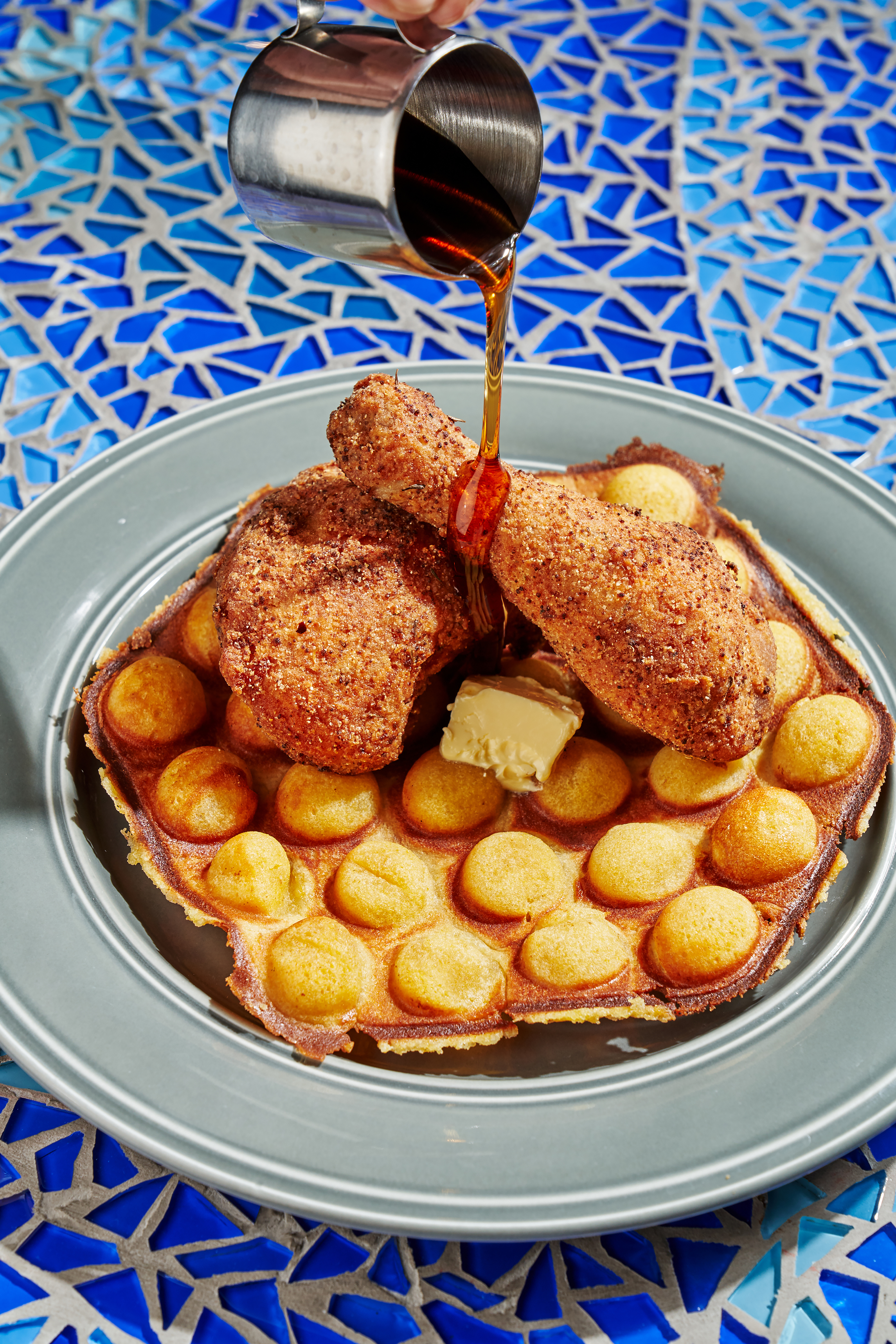
Still vs dynamic food photography
Photographing food is harder than it seems. It requires a specific knowledge of what works best and what looks less than desirable. Not only do such food pictures need to be drool-worthy, but they should also stimulate emotions and appeal to everyone, no matter the cuisine.
“To be able to capture food, you have to be observant.” Gabby offers.
She goes on to stress the importance of taking time to observe, say the makings of a dish. It helps in the areas of style, framing, depth of field, plus determining the best camera angles.
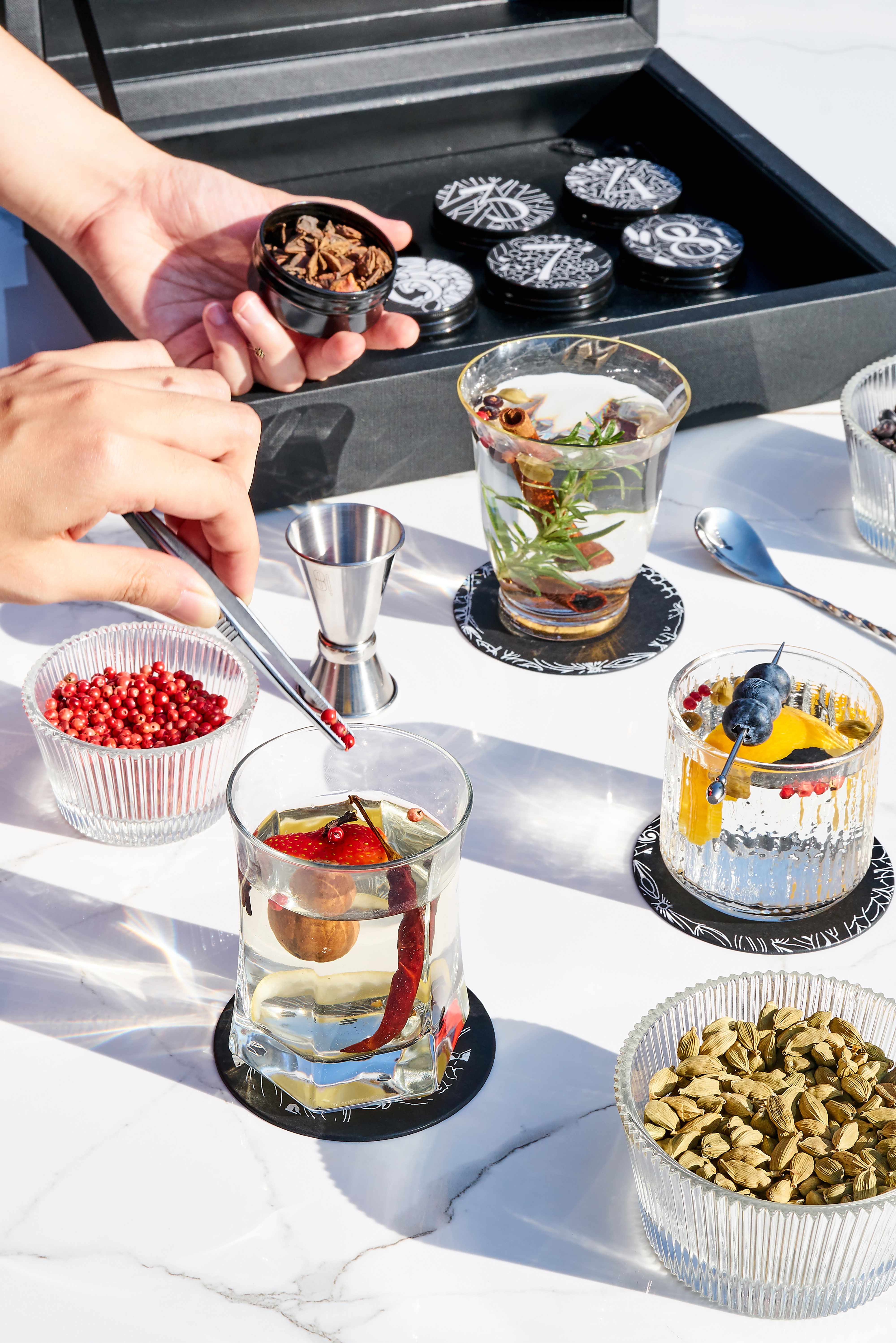
Vibrant, punchy and colourful are three words to describe Gabby’s style of food photos. They are often explosive with details, where textures of ingredients are almost lifelike to touch. Her mastery in composition is also displayed. From striking a harmonious balance in group shots to scaling elements to make a dish more captivating, Gabby is successful in embracing these compositional principles for mouth-watering visuals.
The aforementioned only lays the foundation for Gabby’s overarching process of food photography. She has another trick up her sleeve.
“A drink pouring, an oozing egg yolk or the movement in a busy kitchen,” she muses. “There is more to food than what you typically see - there is a story to tell in the cooking of the simplest dish.”
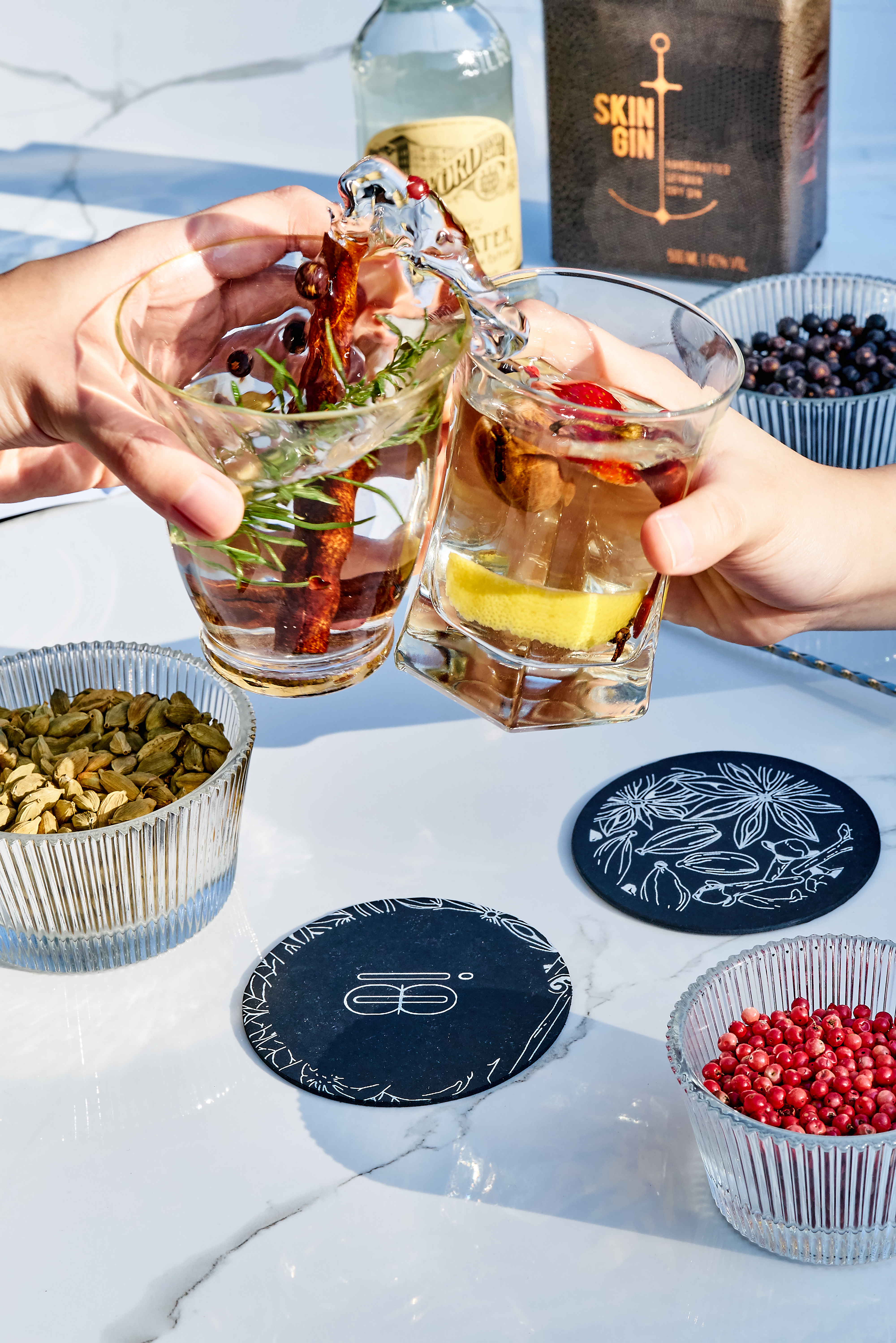
To recreate sensations that draw you to a good meal, Gabby captures food in motion, whether falling, dripping, flowing or splashing into each other. Such delicious dynamics are set to stir up deeper feelings of anticipation. A snapshot of clinking champagne glasses conjures up a celebratory mood. Freezing the mid-pour of sauce over an entree coerces stronger cravings. The capture of falling sugar on a chocolate log cake signals Christmas is around the corner.
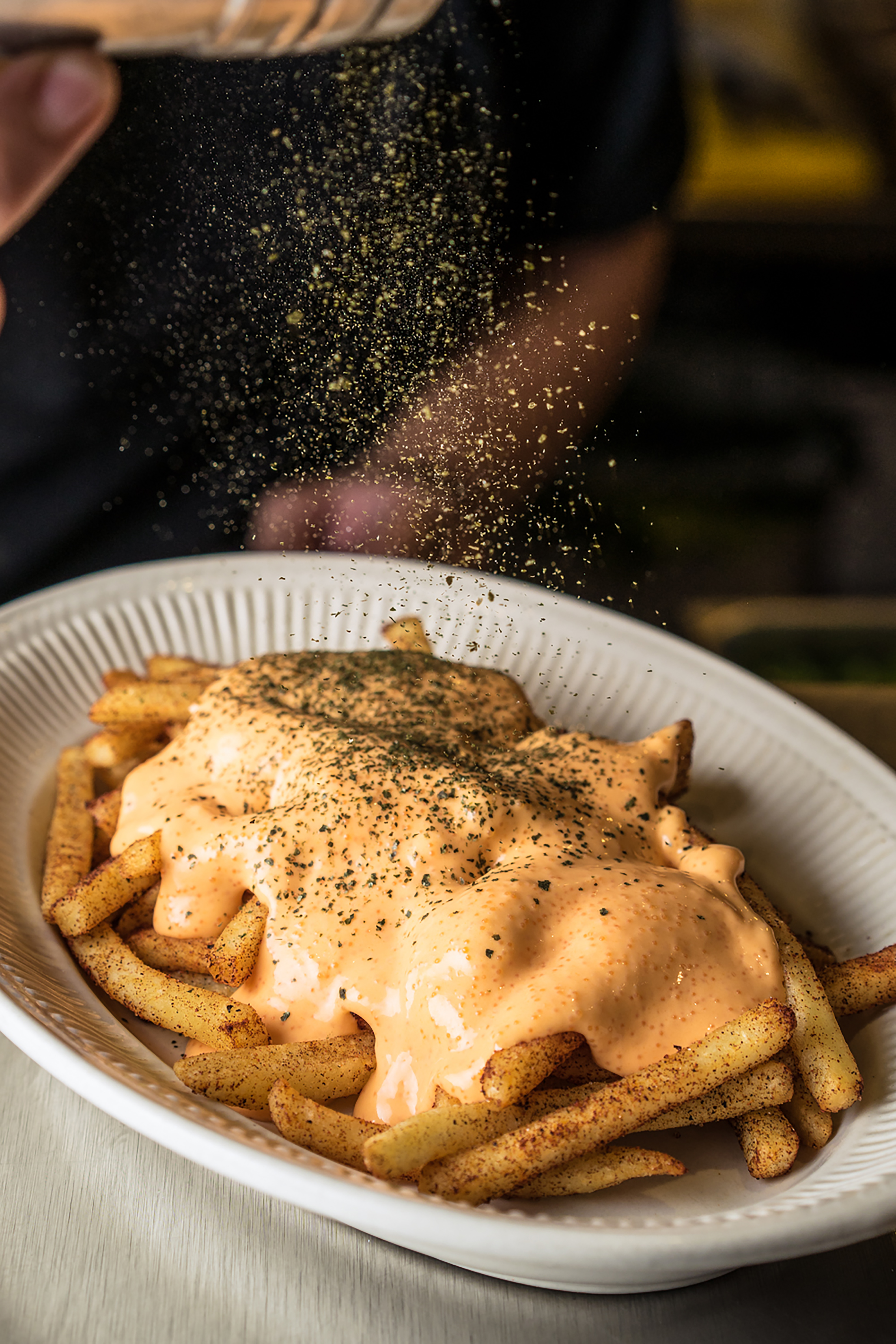
3 tips for capturing the motion of food
1. Use a tripod
Food is still. But if capturing its motion, food should be treated like shooting any subject that moves. Furthermore, you’d be the one having to move the food so a tripod comes handy to position the camera.
2. Take note of the shutter speed and aperture
Shutter speed is key in capturing motion. You want a fast camera to match the quick motion of something like milk poured into a mug. Additionally, widening the aperture helps separate the subject and the background, so more attention can be brought to the food.
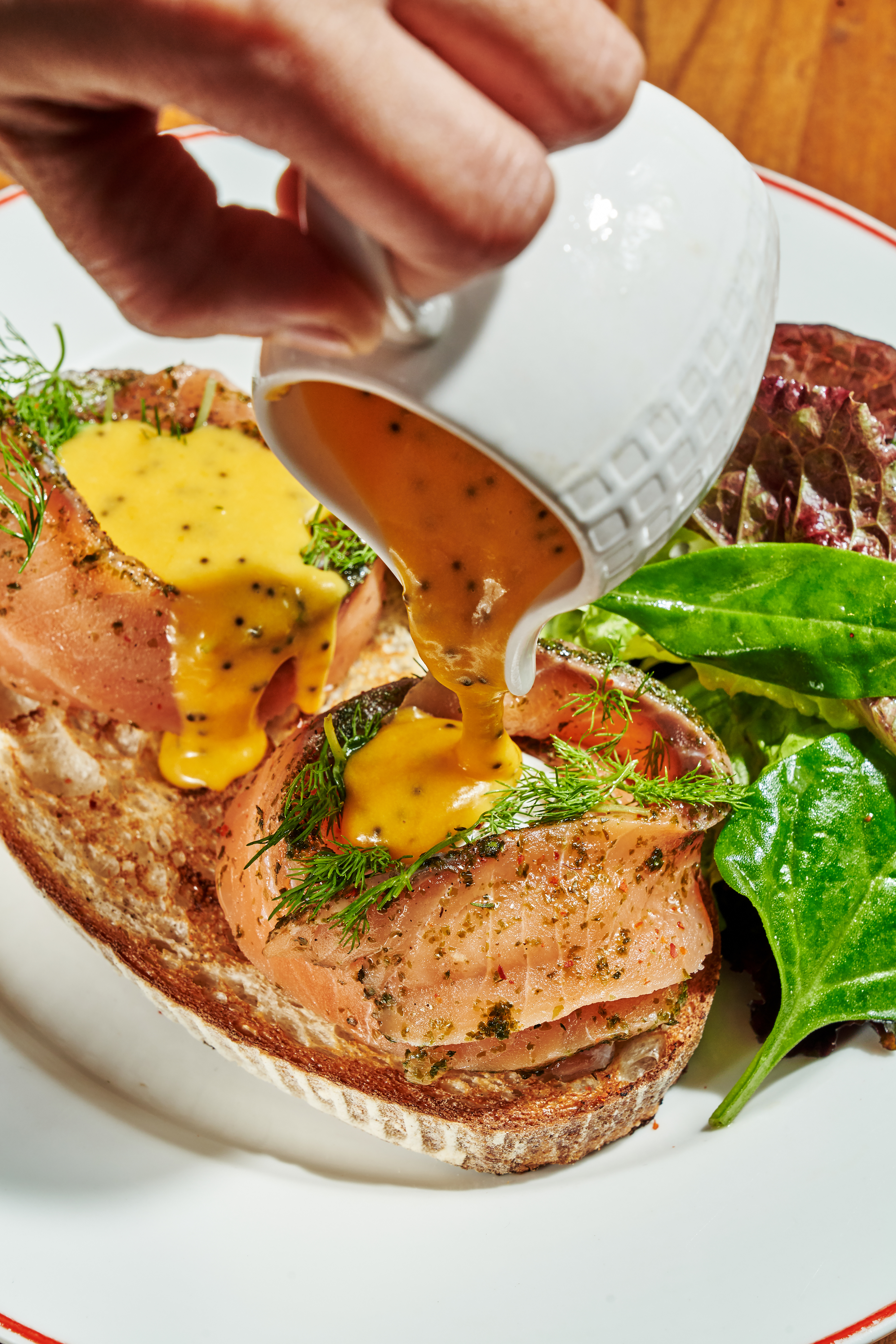
3. Leverage on additional lighting
Using additional light sources such as flashes or stripboxes offer a more distinct capture of food in motion. This also gives you more control of the light to toggle the softness of an image or bring out the food textures and shapes with shadows.
Freezing delicious moments with Sony’s gear
Gabby looks to Sony’s Alpha series to freeze some delicious moments. While high image production and impressive features run a common thread in the lineup, each Alpha camera still possesses its own unique capabilities.
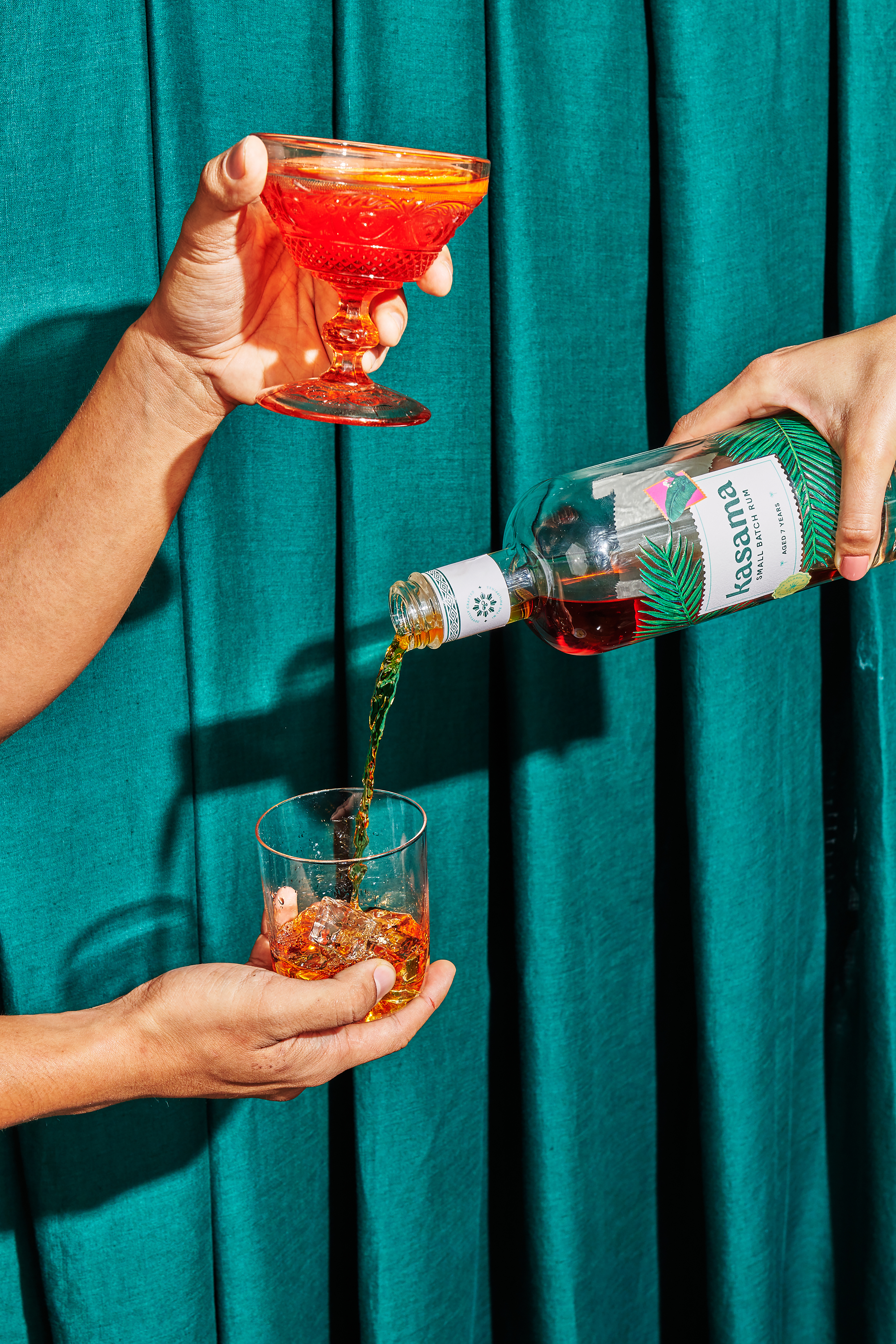
For starters, the liquid flowing out of a bottle seen above is so intricately captured by the Alpha 7R IV. From colours that pop to the shape of the steady stream of booze, the photo is a testament to the camera’s 61-megapixel resolution and excellent processing speed.
The Alpha 7R III is also another go-to camera for Gabby’s shoots. The camera’s combination of a 24.2-megapixel sensor and an impressive processing system gives more power and precision in shooting. Plus, Gabby counts on its APS-C mode on numerous occasions.
“I work on full Manual mode so I can easily adjust my ISO and shutter speed,” she adds. “My focusing is set to Single-shot AF (AF-S) while the selective focus function is custom set on the Alpha 7R IIIʼs joystick.”
The perfect partner to the Alpha 7R III? She says it is the FE 24-70mm F2.8 GM lens. Not only is she taken by the lens’ high resolution and creamy bokeh, the food photographer makes full use of its versatile zoom.
She elaborates: “I can go wide to be able to capture the energy of a kitchen and can also go tight enough to capture a more intimate moment such as the plating process of a dish.”
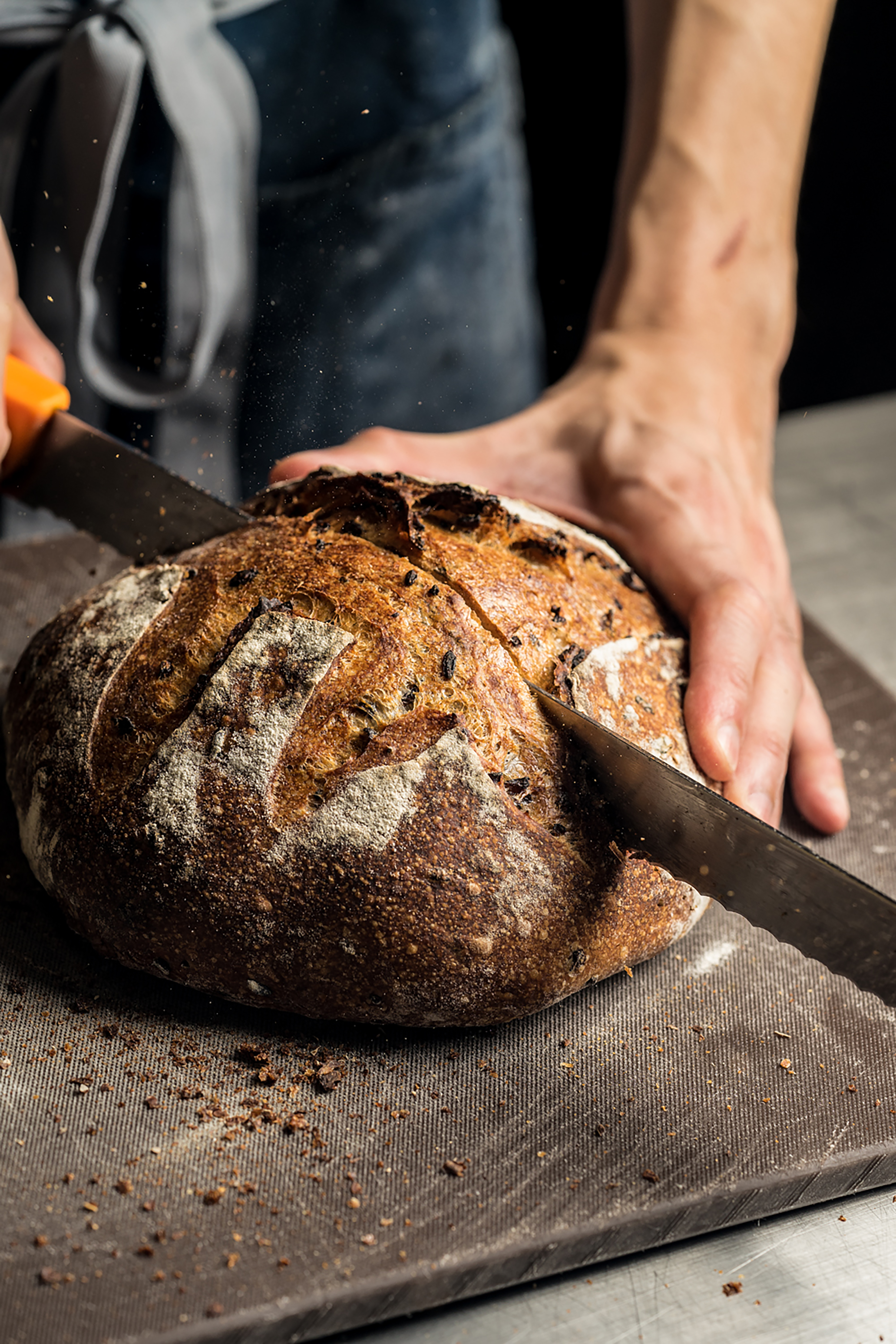
For ingredient-focused shots, Sony’s FE 90mm F2.8 Macro G OSS lens is Gabby’s natural pick, thanks to its stunning resolution at up to 1:1 magnification, plus the smoothest bokeh to tie up the entire shot. In the bread shot shown above, the quality is so high that you can almost count the crumb specks that fly out mid-saw.
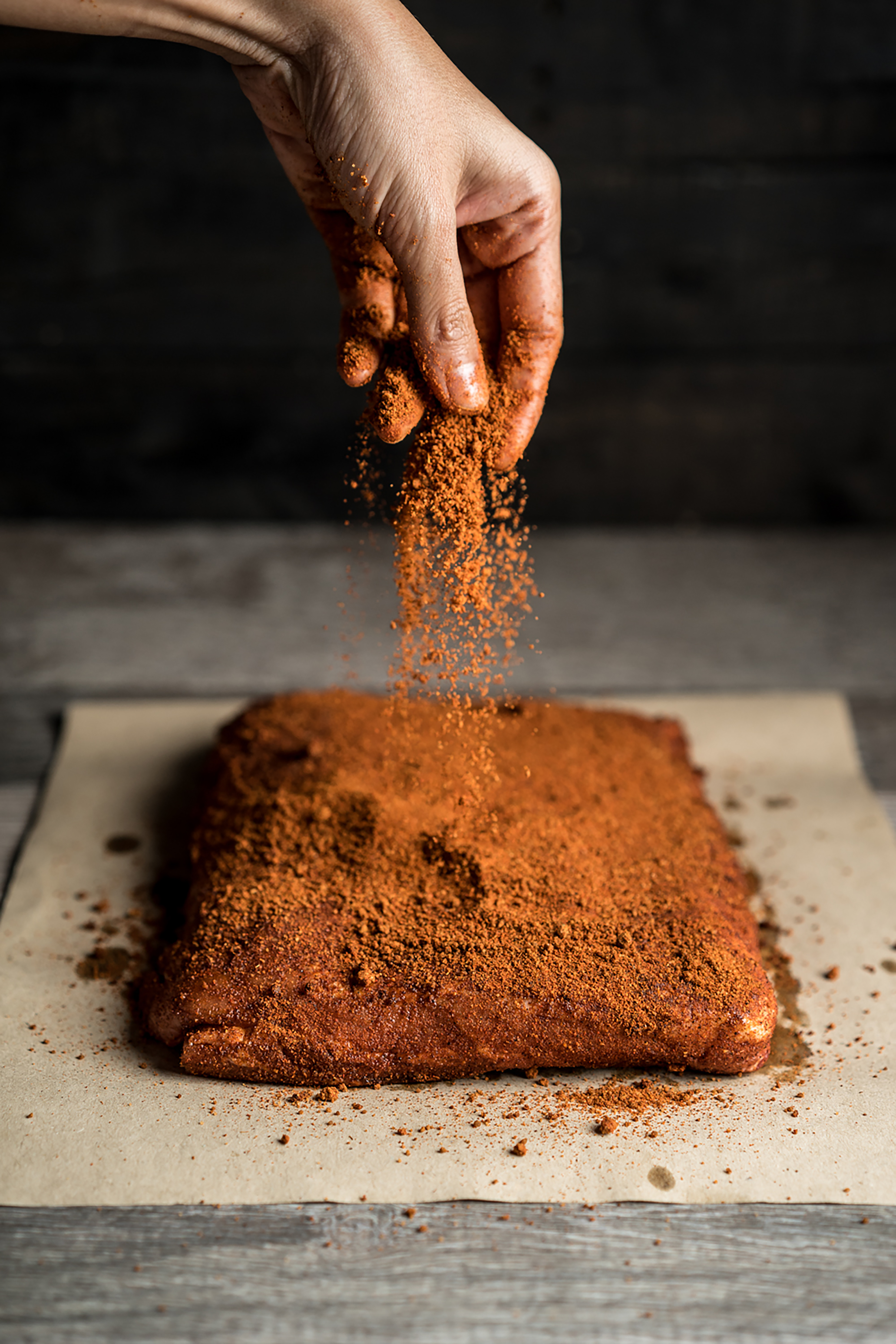
Elsewhere, Gabby has leveraged the incredible full-frame speed of Sony’s FE 55mm F1.8 ZA and FE 50mm F1.4 ZA lens for really dynamic food shots. This is seen in her works where the sprinkling of spices and powder on food are frozen in place. With both lenses’ precise focus with large apertures, images result in outstanding sharpness and clarity.
Parting words
Food photography in still life is always a crowd-pleaser. But when food is taken in action, Gabby likens it to immersing the viewer in someone’s cooking.
“No moment is ever the same and isn’t that fascinating?”
Disclaimer: The opinions expressed in this publication are those of Gabby Cantero. They do not reflect the opinions or views of Sony Singapore.
Products
Featured
Footnote
- Actual colour and dimension may differ from the screen image.
- Colours & features of the product shown may differ by model and country.
- 4K: 3,840 x 2,160 pixels.
- Services availability depends on region. A part or whole of software/services installed into or accessible through the product may be changed, discontinued, removed, suspended, or terminated without notice.
- Features and specifications are subject to change without prior notice.
